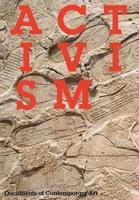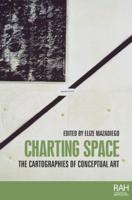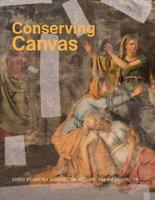Publisher's Synopsis
Excerpt from Catalogue of the Le Blond Collection of Corean Pottery
In 918 the kingdom Of Silla was conquered by the revolted Jprovince Of Korio', the name of which, adopted as that Of the entire kingdom, survives in the European name Corea. What is generally known as the Korai dynasty1 wasestablished (in 924) by Oang (wang) the Founder, and the capital was trans ferred to Songdo (pine near the west coast. This dynasty came to an end in 1392 with the revolt Of Yi Taijo, founder Of fthe Yi (in Japanese Ri) dynasty, which closed with the Japanese annexation of Corea in 1910. The name of the kingdom was changed to Chosen (chinese Ch' ao-lisien, morning the capital was removed to Seoul, and Buddhism was finally suppressed. The country fell coinpletely under the domination of the Ming dynasty Of China; Confucianism displaced Buddhism as the State system Of religion, and rapid decline of culture followed. The final extinction Of Corean prosperity was brought about at the end of the sixteenth century, when the country was invaded (in 1592) by a Japanese expedition sent by the Taiko Hideyoshi. The war lasted till the death Of Hideyoshi in 1598, and in the course Of it the peninsula was devastated from end to end. From that time forward until the last quarter Of the nineteenth century it was the deliberate policy of the rulers of Corea to cut off their country from all intercourse with the outside world, and to make it, in' very truth, a Hermit Kingdom. The result was national stagnation and the degra dation Of intellectual life in all its forms.
About the Publisher
Forgotten Books publishes hundreds of thousands of rare and classic books. Find more at www.forgottenbooks.com
This book is a reproduction of an important historical work. Forgotten Books uses state-of-the-art technology to digitally reconstruct the work, preserving the original format whilst repairing imperfections present in the aged copy. In rare cases, an imperfection in the original, such as a blemish or missing page, may be replicated in our edition. We do, however, repair the vast majority of imperfections successfully; any imperfections that remain are intentionally left to preserve the state of such historical works.









